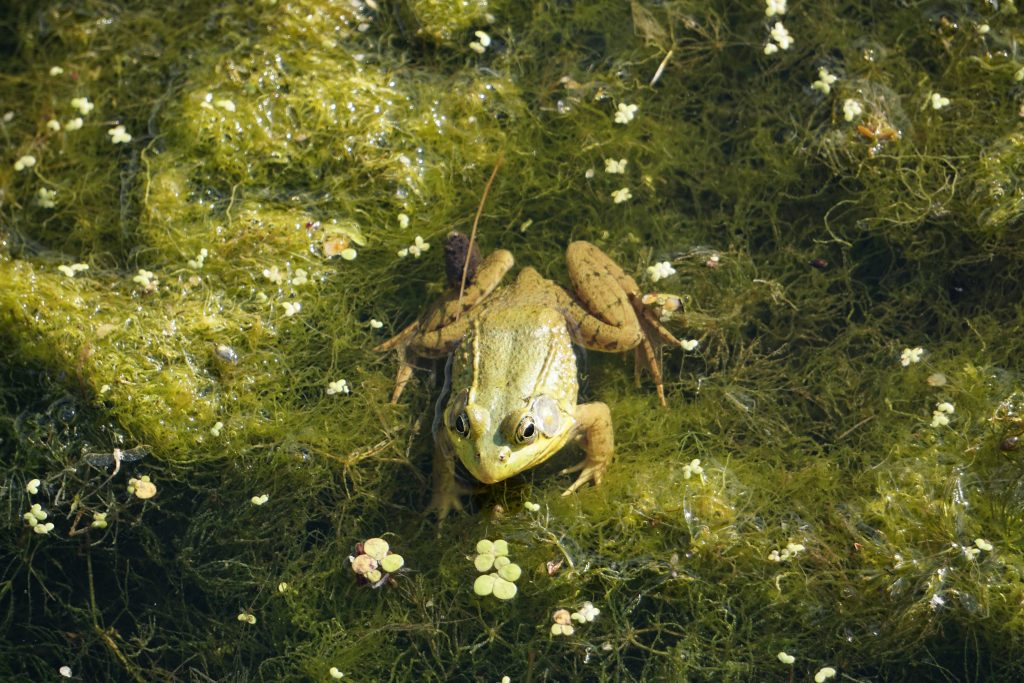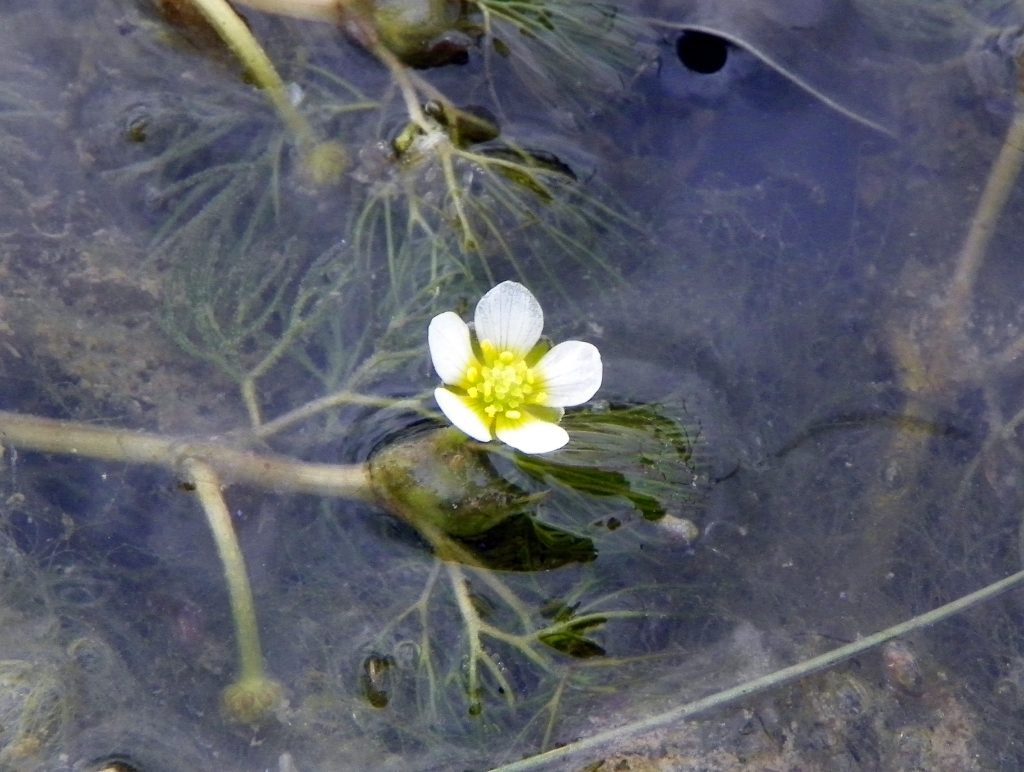By making a mini-pond you’re creating a safe space for nature to thrive.
Here’s how to get started!
Choose the right spot
Even the smallest gardens or balconies can play host to a mini-pond. When you’re picking a space for your new pond bear in mind that it needs some sunlight, but not all day sun.
Find a container – and fill in any holes!
See if you can make use of an old container you have lying around – even a washing up bowl will do. If your container has holes in it then you can either buy a pond liner or fill the holes with an aquarium safe silicone. Both of these should be available at your local pet shop or garden centre.
If you have a garden, dig a hole
If you have a garden, sink your container into the ground. This will help insulate it so the temperature remains more stable all year round. Don’t worry if this is not possible for you.
Fill with gravel, rocks and logs
Add gravel, rocks and logs to your container so that there’s cover for any creatures that make it their home.
It’s important to arrange some of these so that frogs and toads can climb in and out of the pond too. If you can get hold of some aquatic compost, your plants will grow even better.

Thanks to Emily Cao via unsplash
Fill with (rain) water
You’re now ready to start filling with water! Tap water has chemicals in that aren’t great for your pond, so collect rain water if you can.
Add plants
Plants will not only make your new pond look attractive, they’re also really important for providing oxygen for any inhabitants.
If your pond is small you only need a couple of plants, but if it’s bigger you can fill up the space. Plants naturally found in the UK are best. Try and look out for the following:
- Hornwort (Ceratophyllum dermersum)
- Water Crowfoot (Ranunculus aquatilis)
- Miniature waterlily (Nymphaea “Pygmaea Helvola”)
- Starwort (Callitriche stagnalis)

Water Crowfoot, with thanks to Peter O’Connor aka anemoneproject via Flickr
Enjoy!
Time to sit back and watch as your new mini-pond grows and attracts all different kinds of wildlife to your outdoor space!


